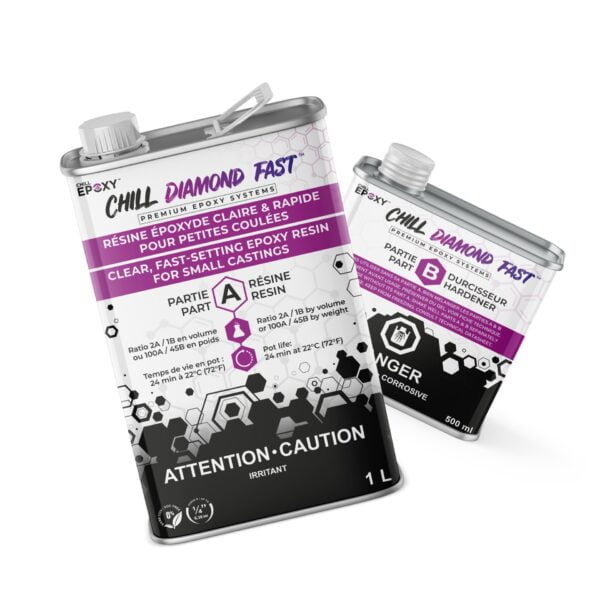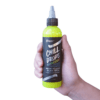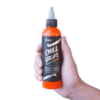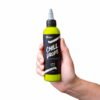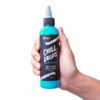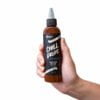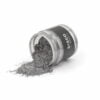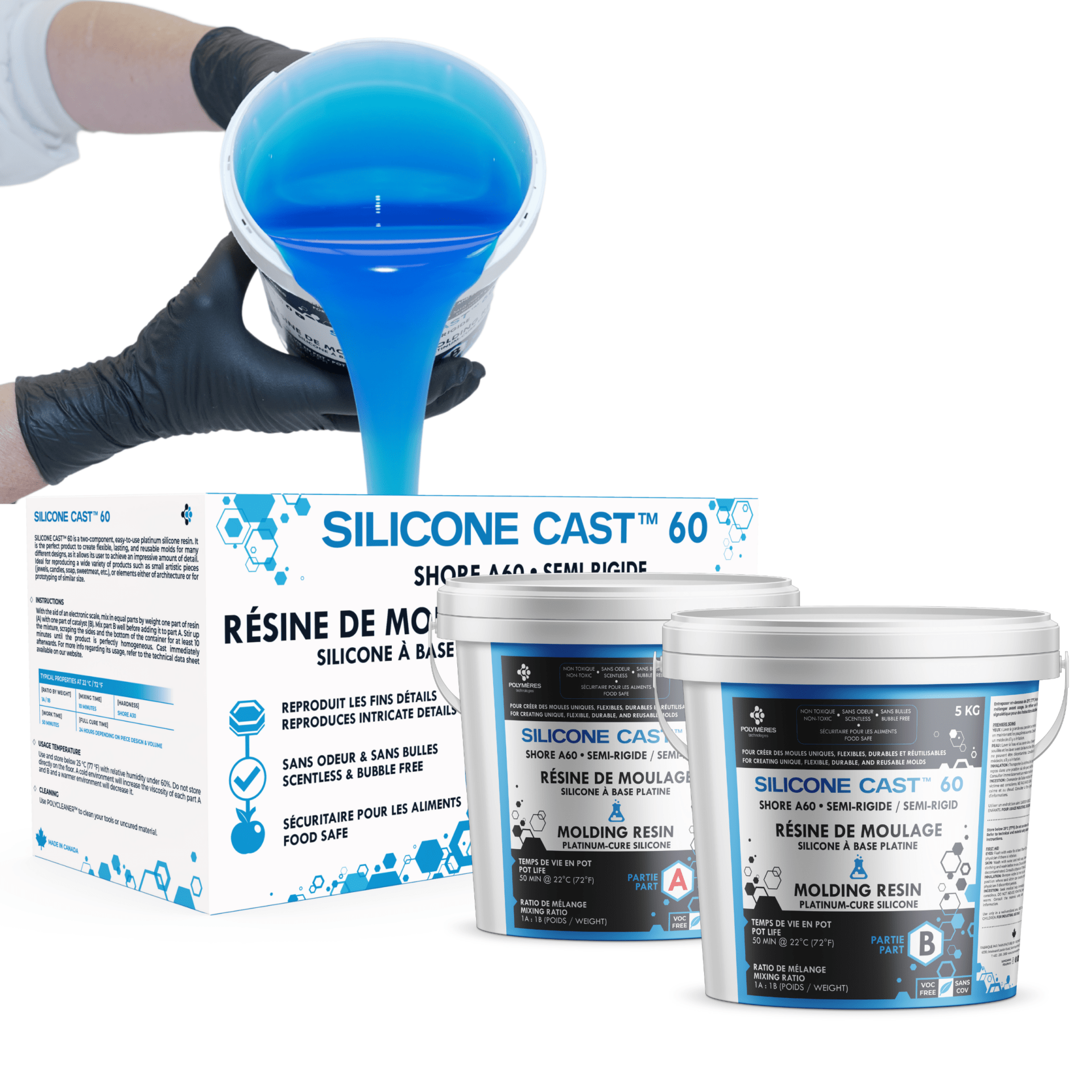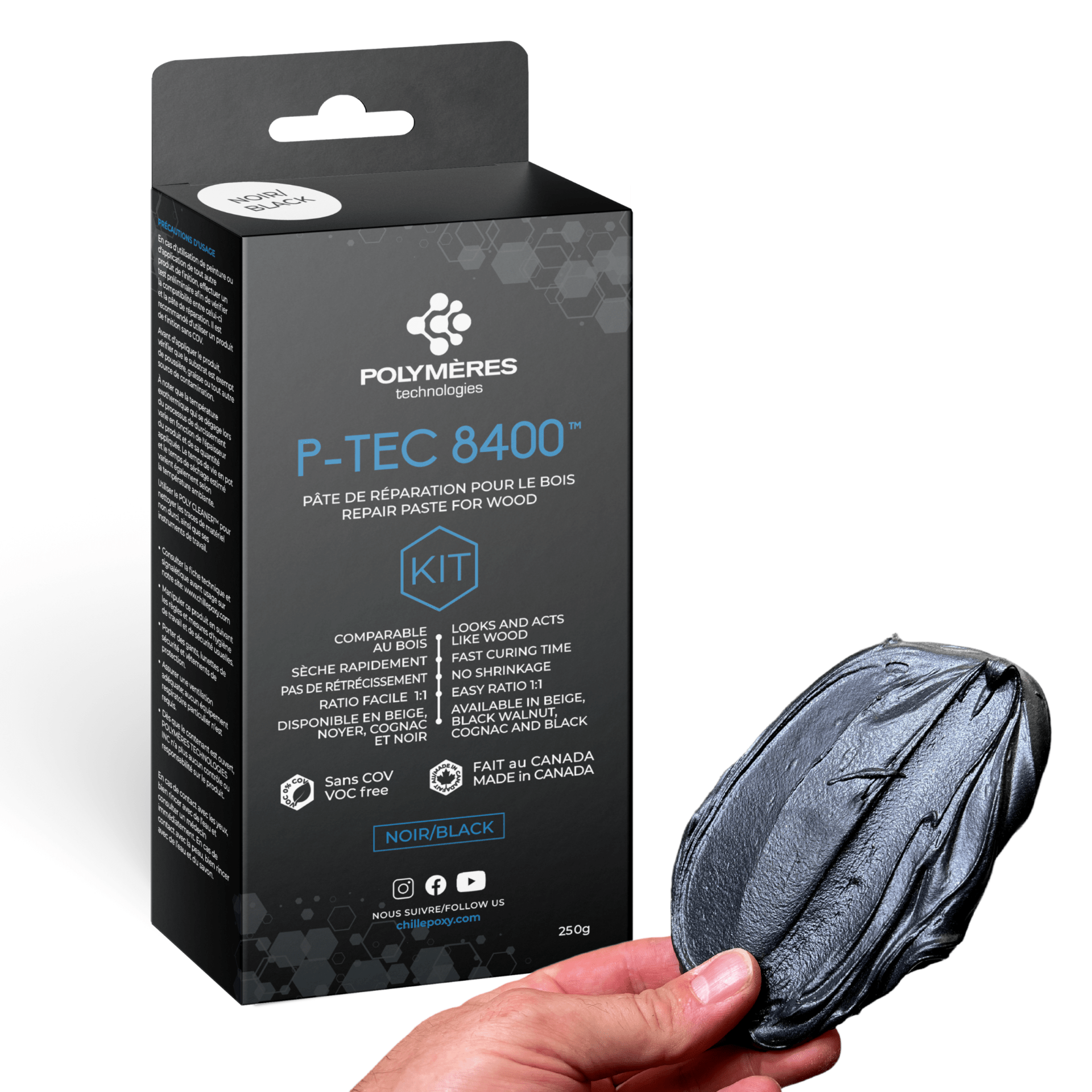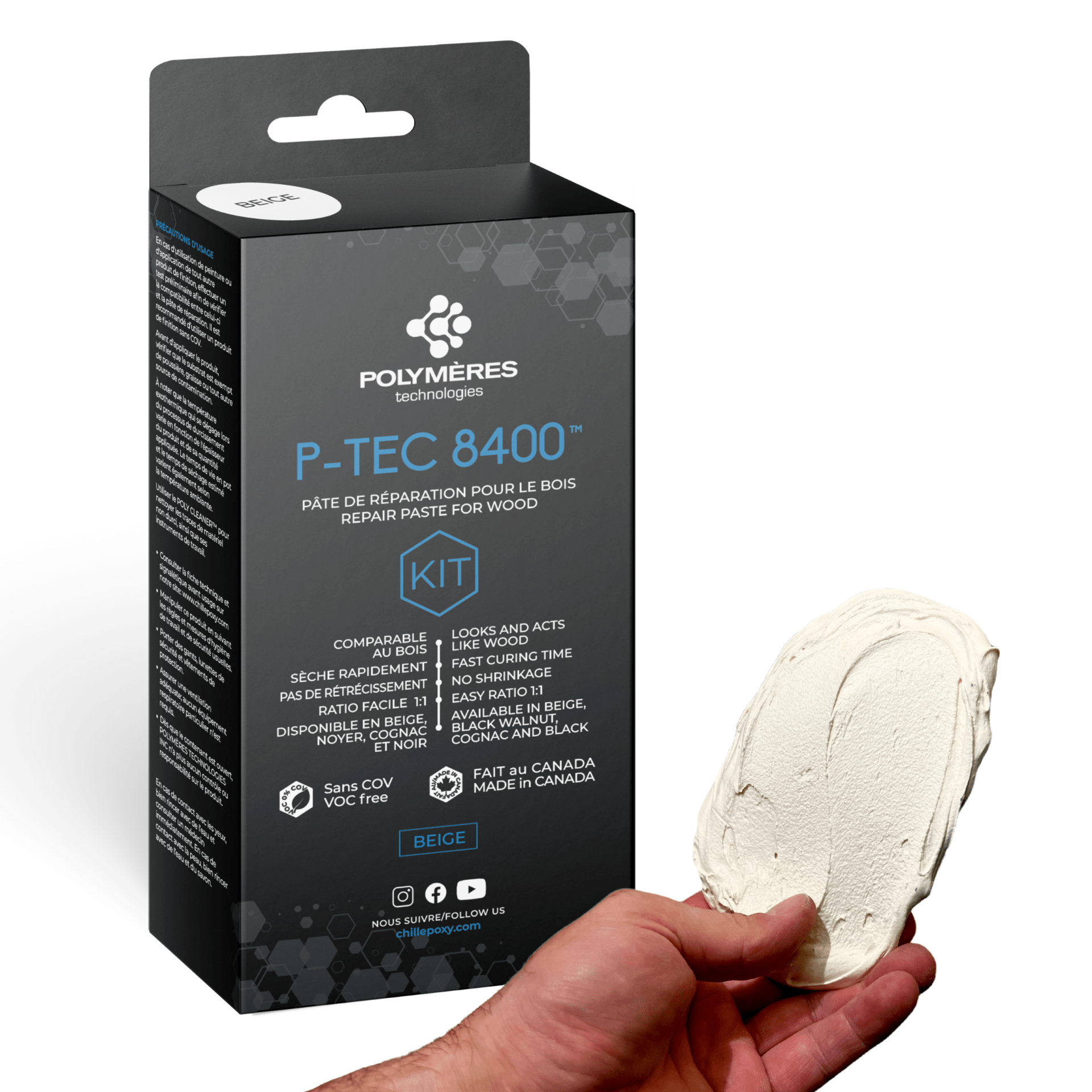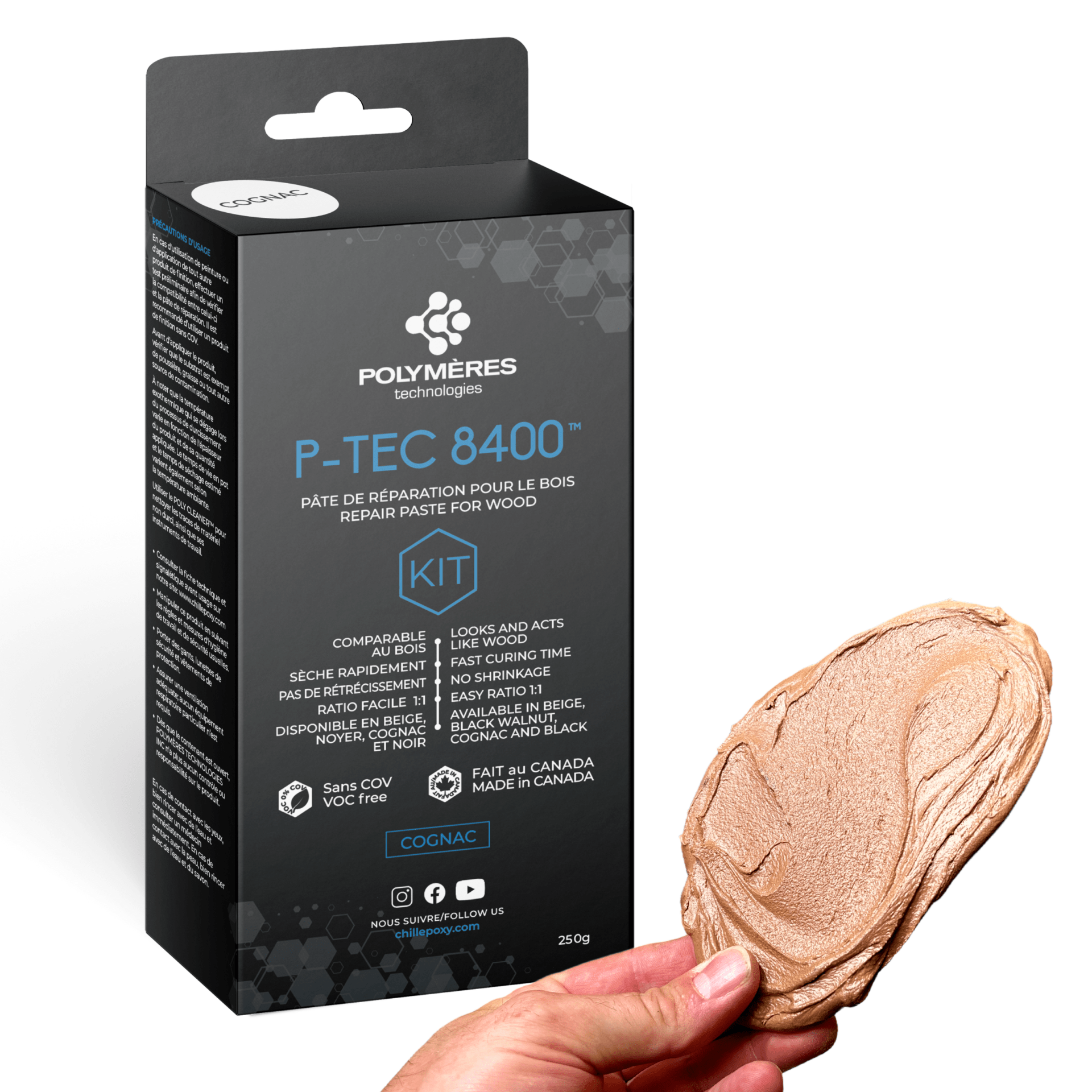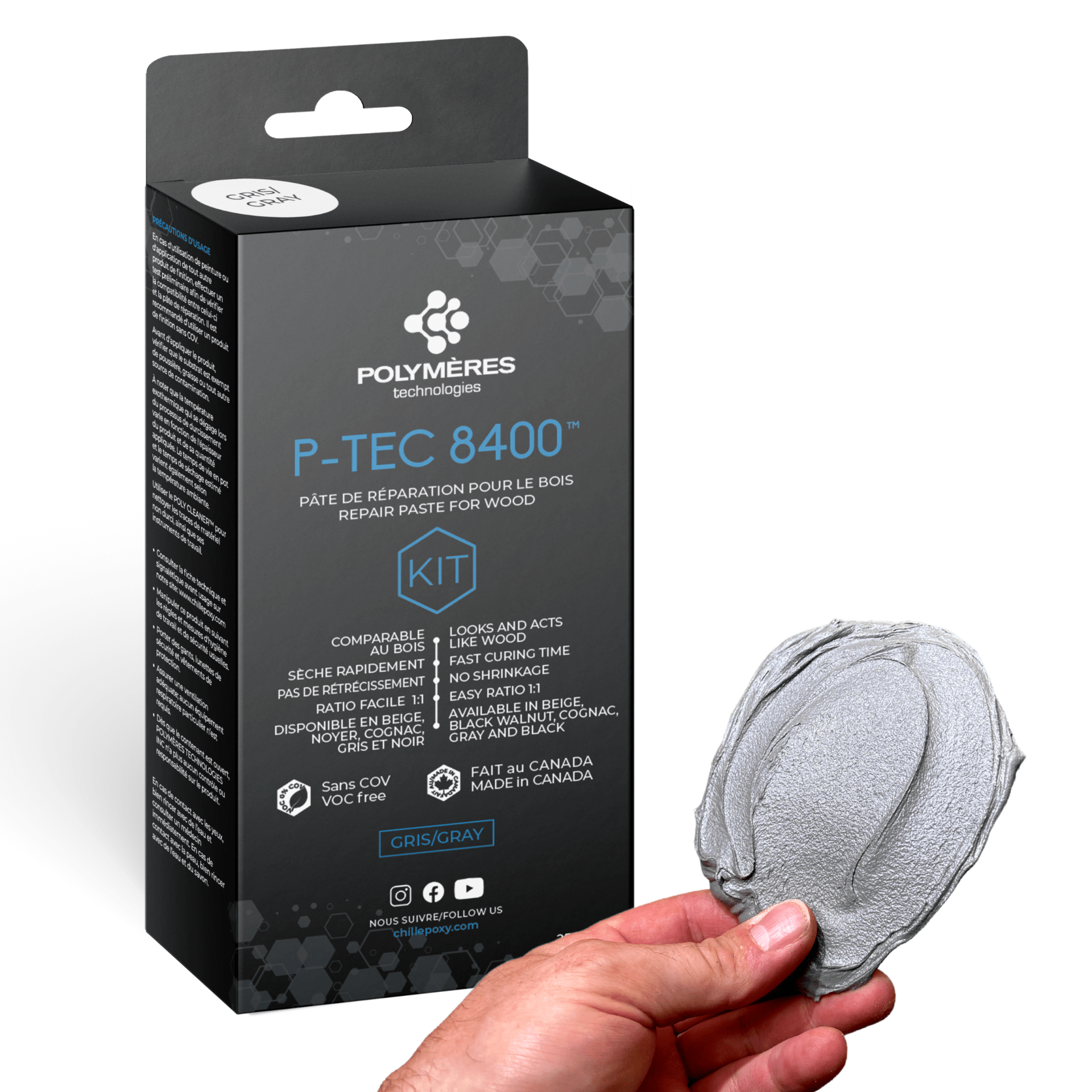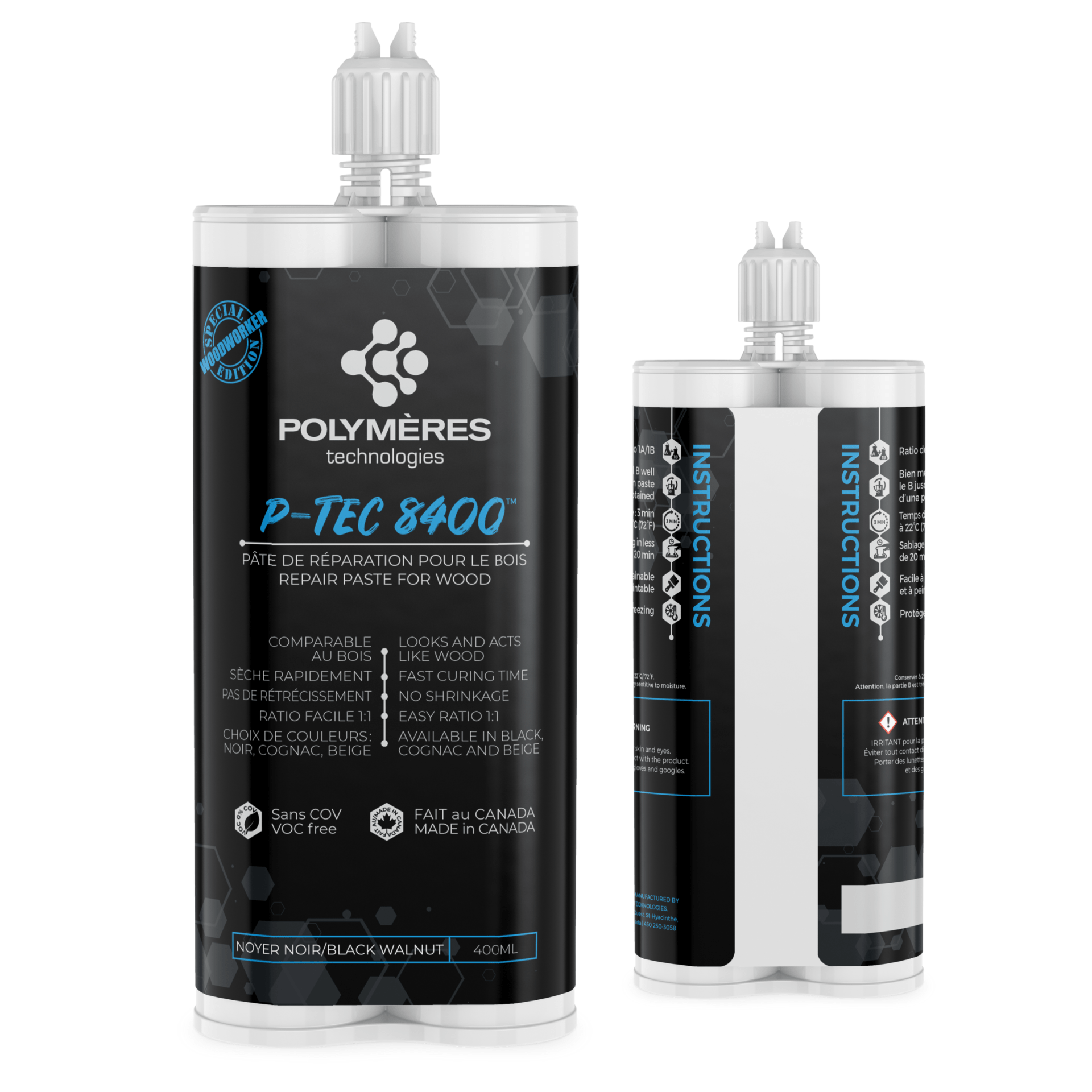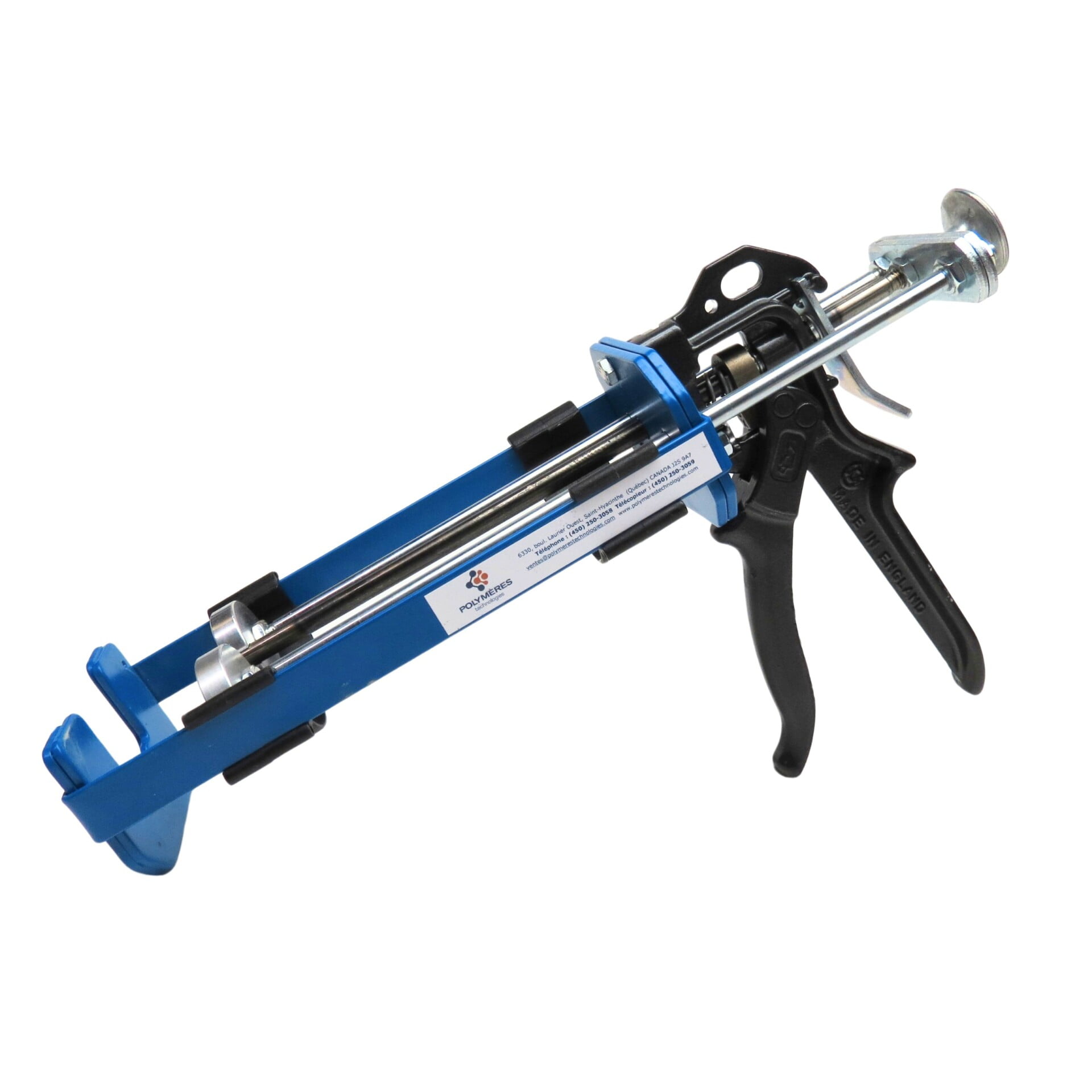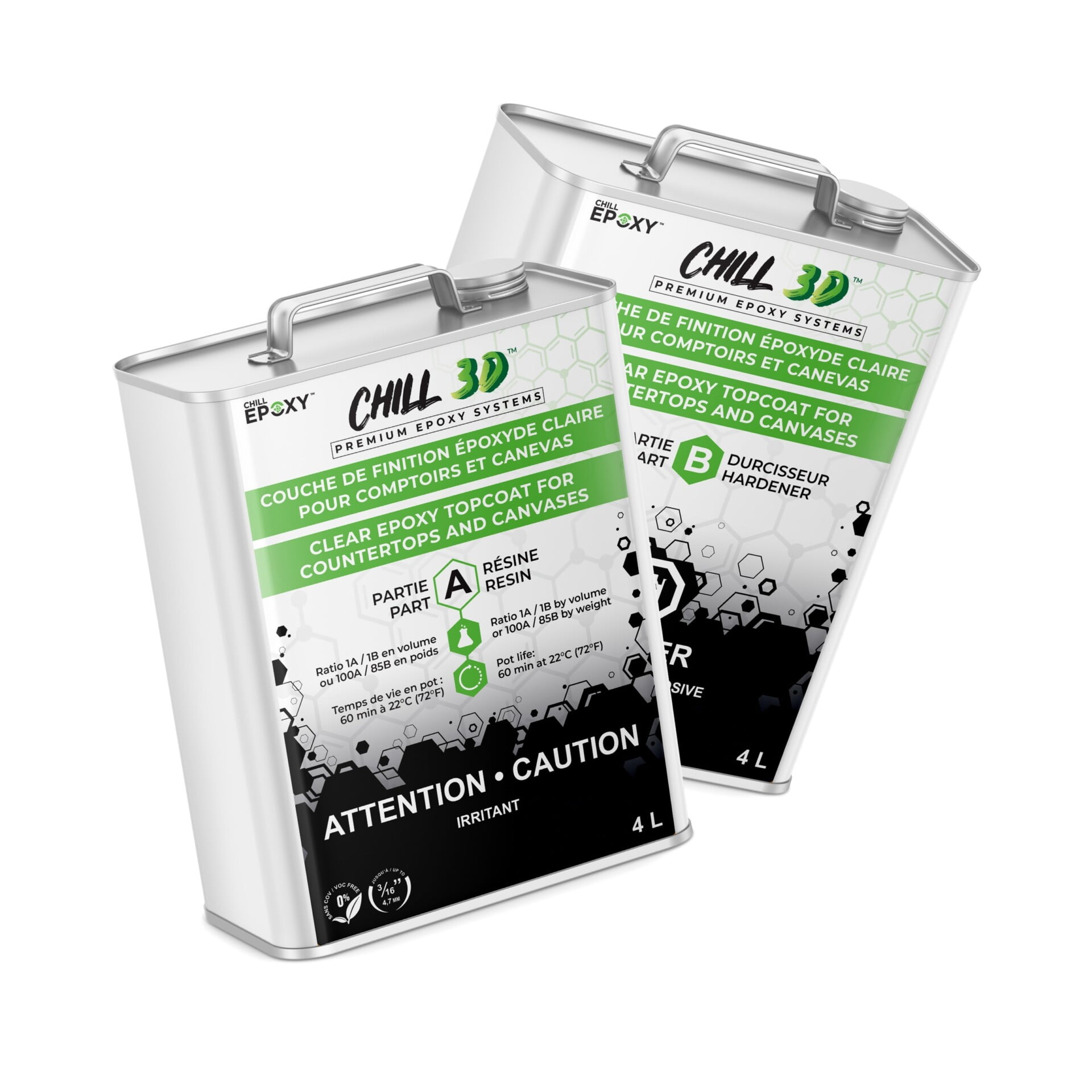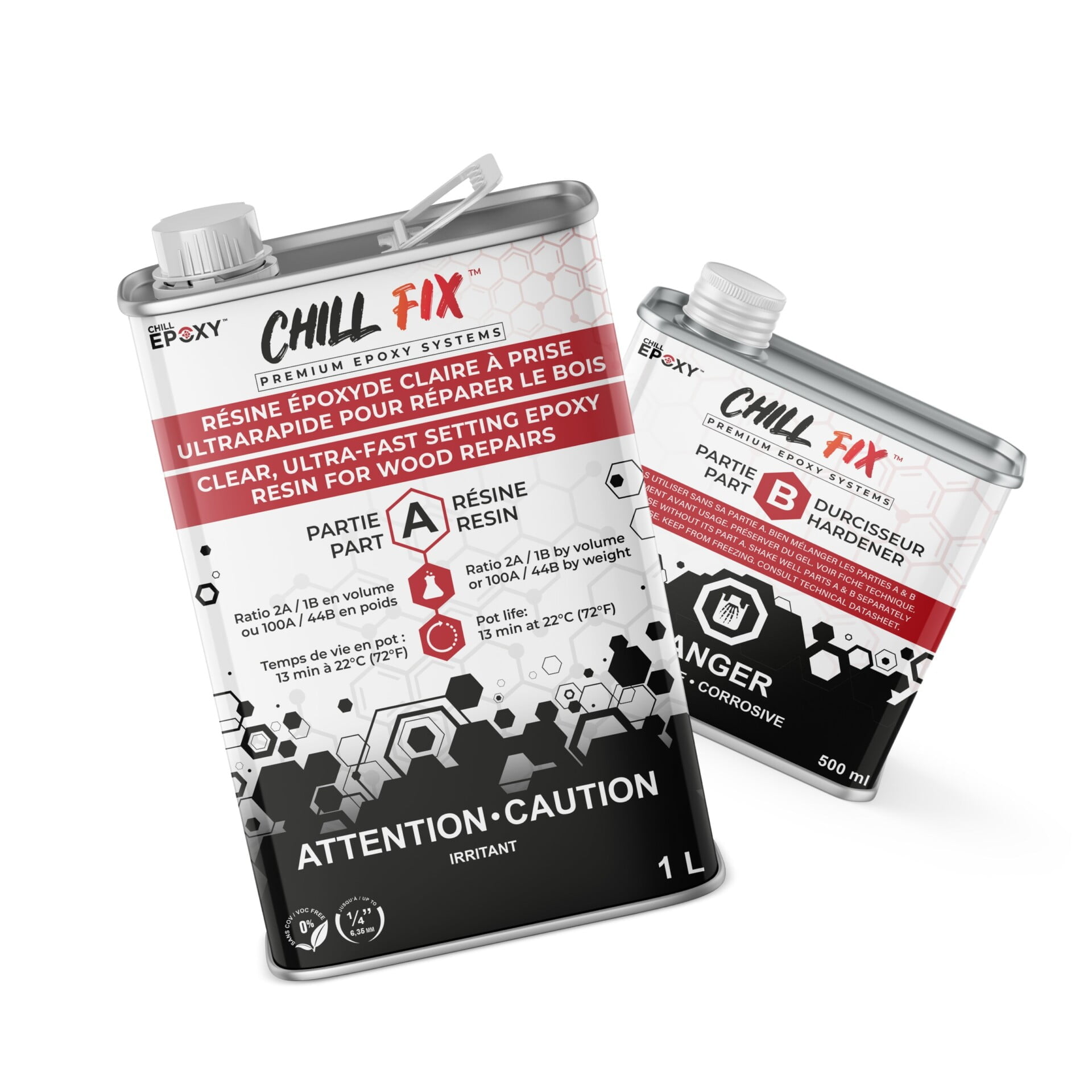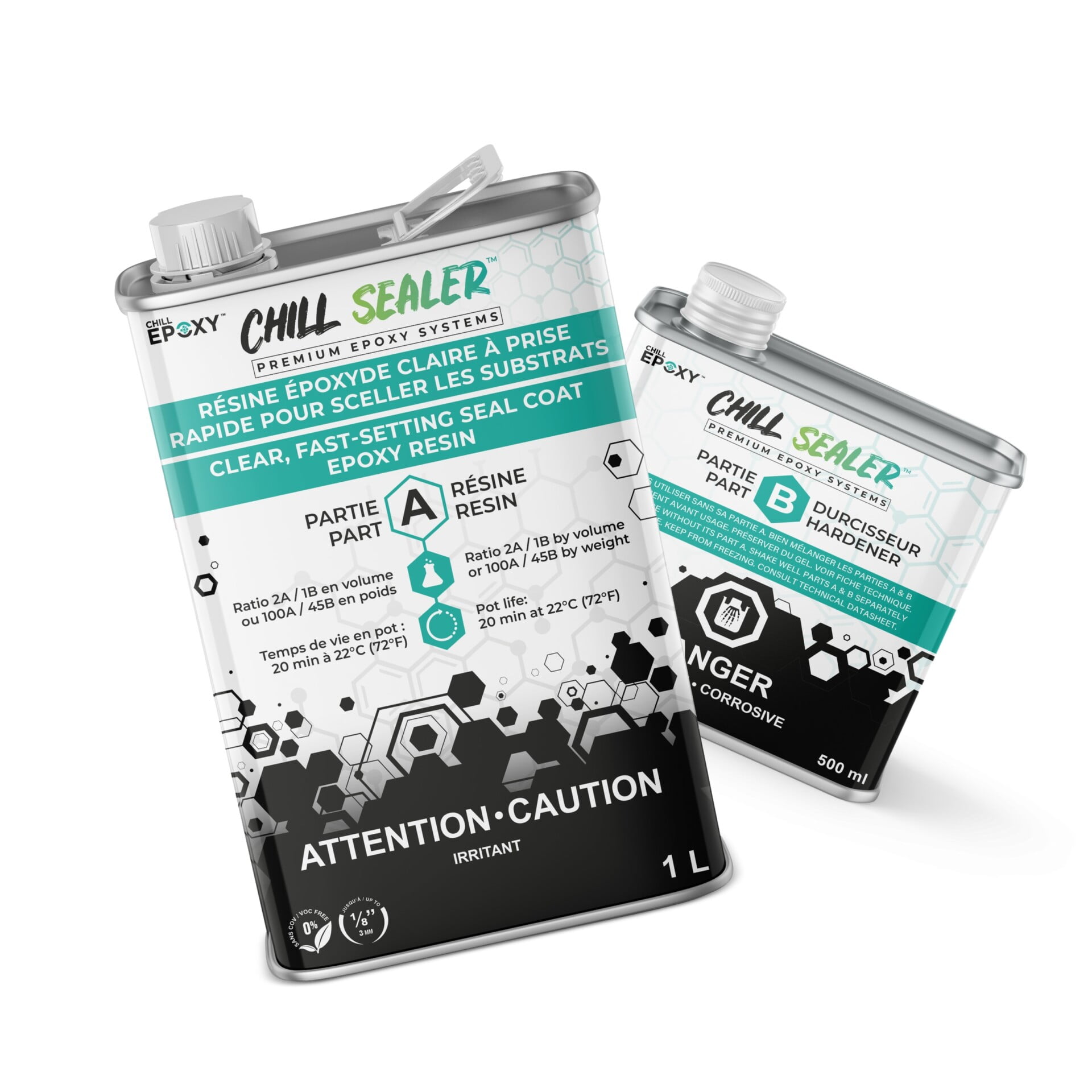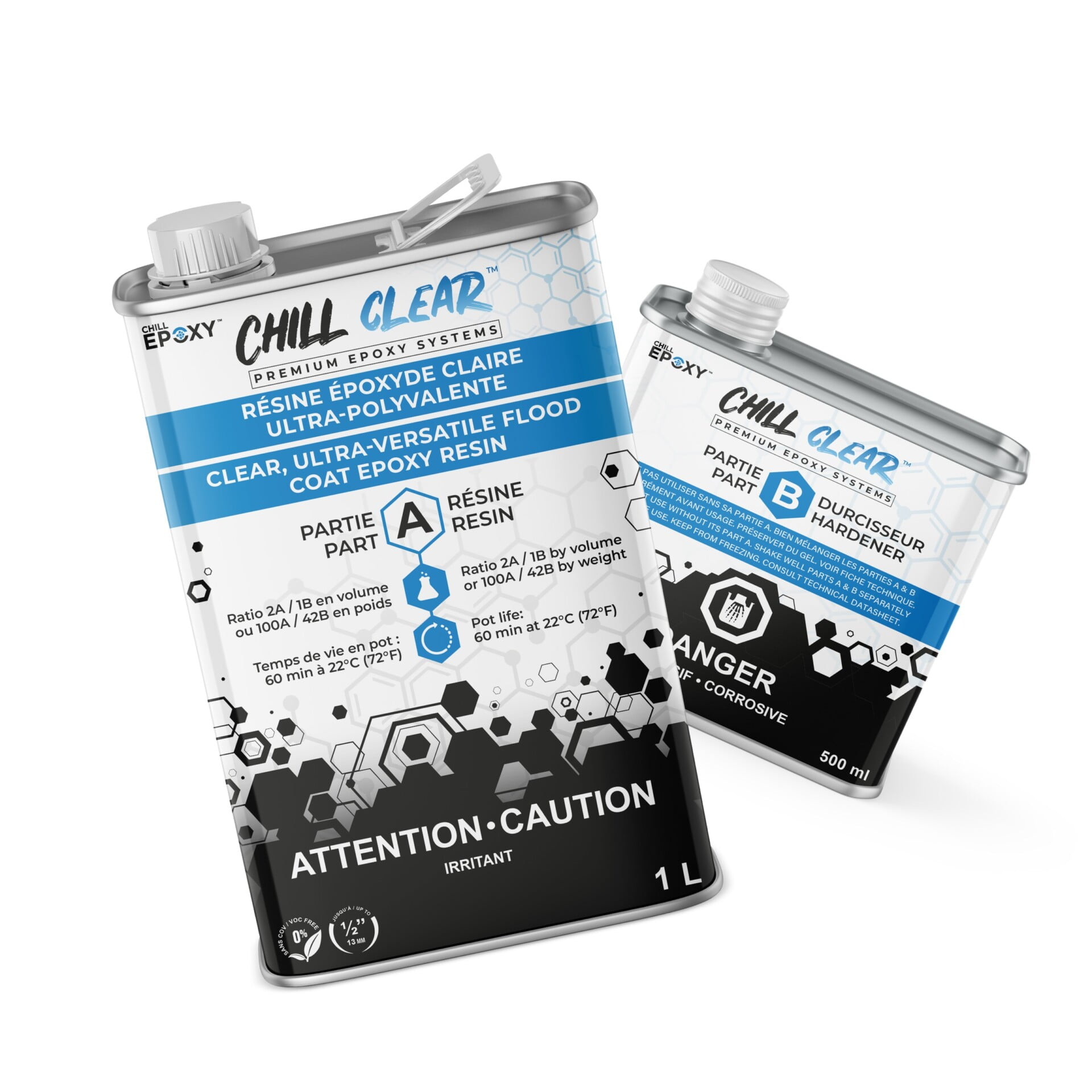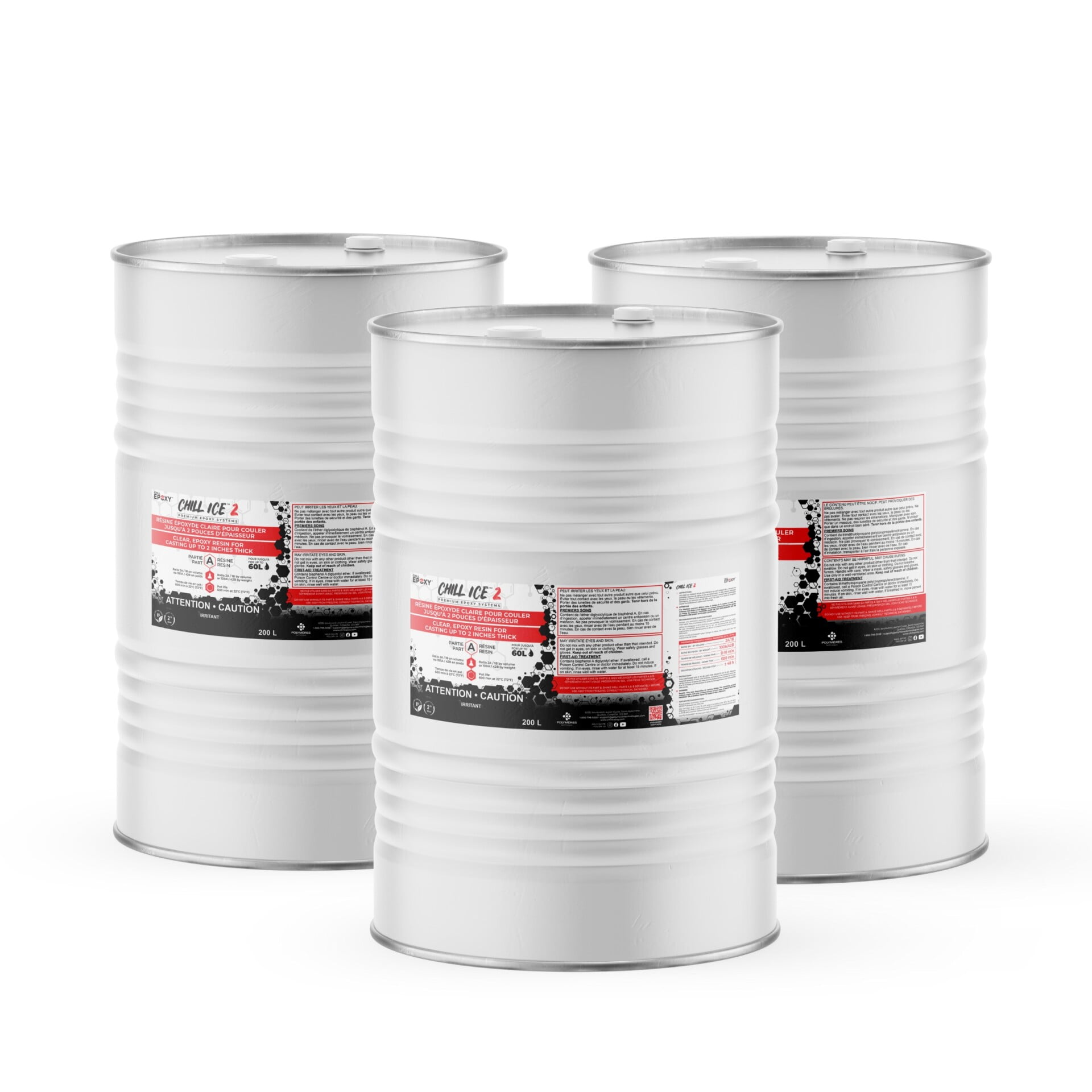Curing process, FAQ
The Science of Demolding Epoxy Resin for Best Results
The Science of Demolding Epoxy Resin for Best Results
The appropriate demolding time for epoxy resin depends on the specific type of resin being used, as well as the ambient temperature and humidity. Some epoxy resins may be ready for demolding as soon as a few hours, some 24 hours after being poured, while others may require several days or even a week to fully cure. It is best to consult the manufacturer’s instructions for the specific product to determine the appropriate demolding time.
The time it takes for epoxy resin to cure and be ready for demolding depends on a number of factors, including the specific type of resin you are using, the ambient temperature and humidity, and the size and thickness of the object you are creating.
In general, most epoxy resins will begin to cure and harden within a few hours of mixing the two components together. The curing process can take anywhere from 24 to 48 hours for medium setting epoxy while deep pour casting can take up to 7-10 days, depending on the factors mentioned above.
If you are working with a resin that has an extended pot life (working time) longer cure time, it may be necessary to wait longer before demolding. 7 days a reasonable time to wait for most Deep pour casting epoxy resins to cure, and it is likely that you will need to refer to the technical data sheet (TDS) for the specific resin you are using to determine the recommended cure time.
It’s important to read the instructions provided by the manufacturer of your epoxy resin and follow their recommendations for cure time and demolding. Some resins may require longer cure times, while others may be ready for demolding in a shorter period of time.
If you are working with a resin that has a longer cure time, you may want to consider using a heat lamp or other type of heating element to accelerate the curing process. Just be sure to follow the manufacturer’s recommendations and use caution when working with heat and chemicals.
The time it takes for an epoxy resin river table to cure and be ready for demolding will also depend on the same factors, including the specific type of resin you are using, the ambient temperature and humidity, and the size and thickness of the table.
As a general rule, it is best to allow the resin to fully cure before demolding. This will ensure that the resin has reached its maximum strength and hardness, and will minimize the risk of damage or deformation during the demolding process.
it is always a good idea to refer to the technical data sheet (TDS) for specific information about the epoxy resin you are using. The TDS will provide detailed information about the properties and characteristics of the resin, as well as recommendations for use and handling.
The TDS should include information about the resin’s cure time, as well as any special considerations or precautions you need to take when working with the resin. It may also provide recommendations for storage, handling, and safety, and may include information about the resin’s compatibility with other materials.
If you do not have a copy of the TDS for the resin you are using, you should contact the manufacturer or supplier for more information. They should be able to provide you with a copy of the TDS or with the information you need to use the resin safely and effectively.
The Science of Demolding Epoxy Resin for Best Results – Testing the hardness before demolding
It is generally a good idea to test the hardness of an epoxy resin object before demolding it, especially if the object is large or complex. This will help ensure that the resin has fully cured and is ready to be demolded without risk of damage or deformation.
There are a few different ways you can test the hardness of an epoxy resin object. One option is to use a durometer, which is a tool that measures the hardness of a material by pressing a spring-loaded plunger against its surface. A durometer will give you a numerical reading of the material’s hardness on a scale, which can help you determine if the resin has cured to the desired level.
Another option is to perform a simple scratch test by using your fingernail or a hard object to scratch the surface of the resin. If the resin is fully cured, it should be difficult to scratch and should show no visible marks or indentations.
It’s important to keep in mind that the curing process can vary depending on the specific type of resin you are using, as well as the ambient temperature and humidity. You should refer to the technical data sheet (TDS) for the resin you are using to get an idea of how long it should take for the resin to cure fully. The TDS should also provide recommendations for testing the hardness of the resin.
In conclusion, the time it takes for epoxy resin to cure and be ready for demolding depends on a number of factors, including the specific type of resin being used, the ambient temperature and humidity, and the size and thickness of the object being created. It is generally recommended to allow the resin to fully cure before demolding to ensure that it has reached its maximum strength and hardness, and to minimize the risk of damage or deformation during the demolding process. It may be necessary to wait up to 3-7 days or longer for the resin to cure, depending on the specific resin being used and the ambient conditions. It is a good idea to refer to the technical data sheet for the resin and follow the manufacturer’s recommendations for cure time and demolding. Testing the hardness of the resin before demolding can also be helpful in determining if the resin is ready to be removed from the mold.


